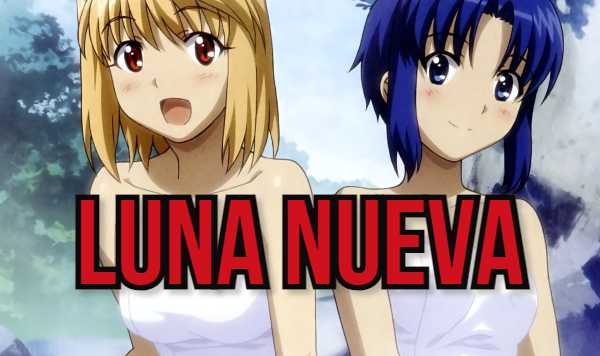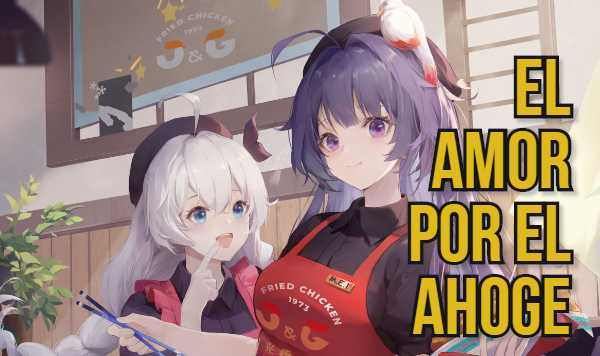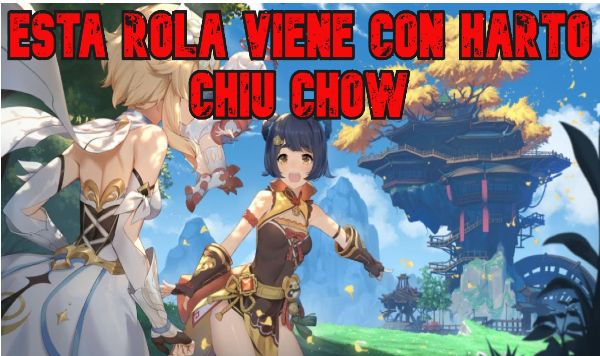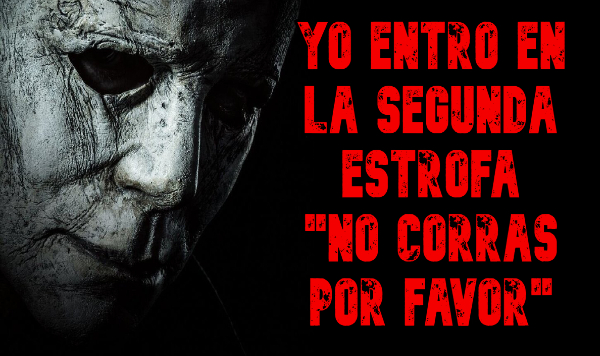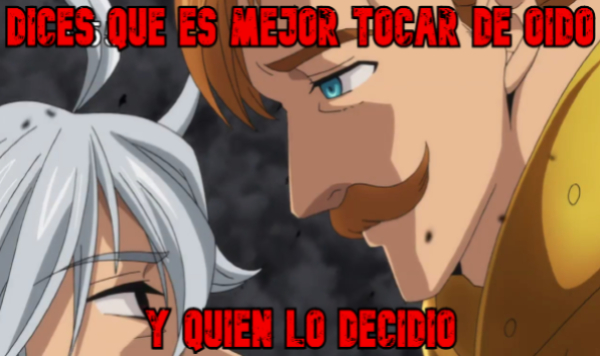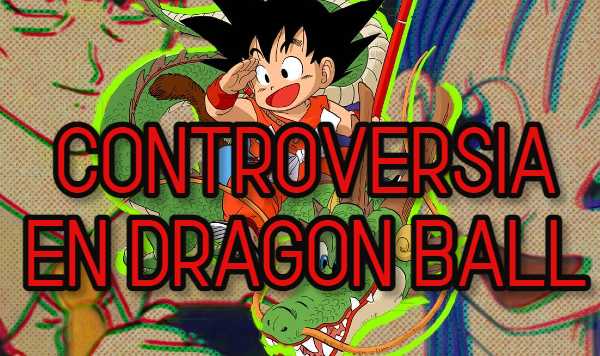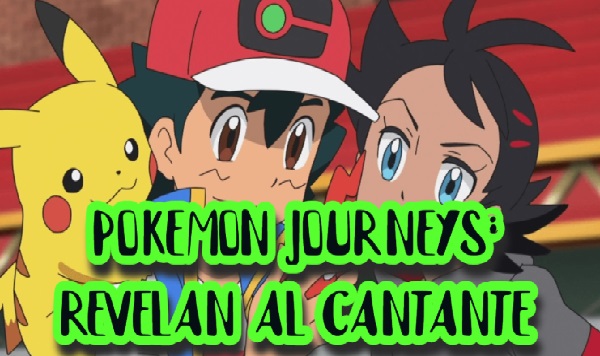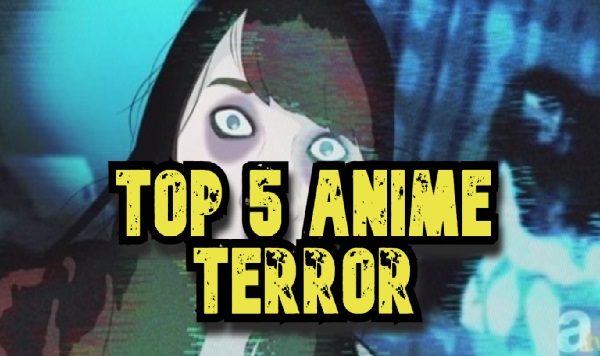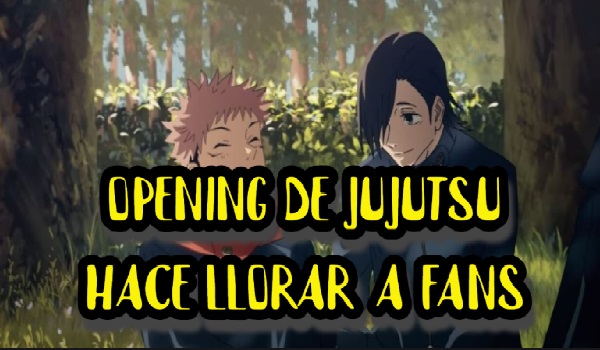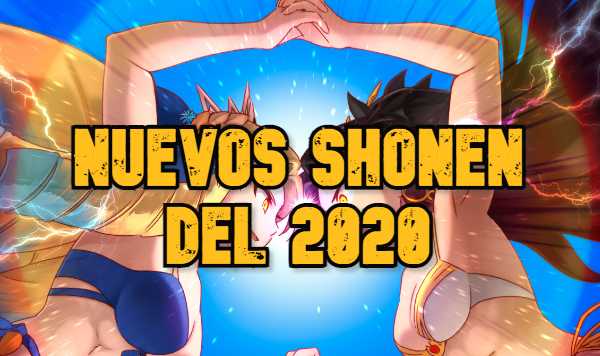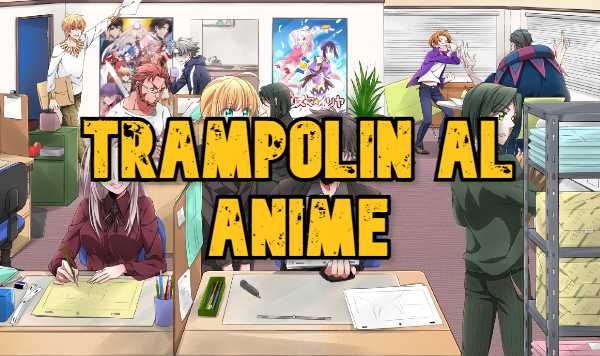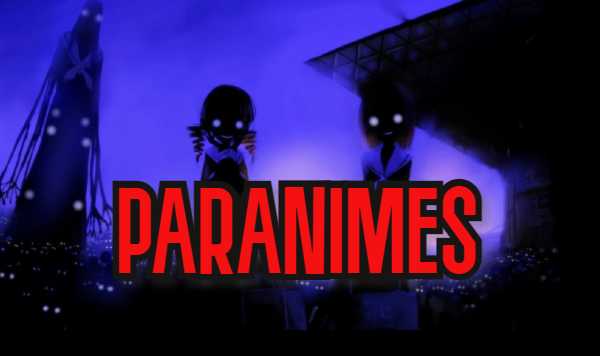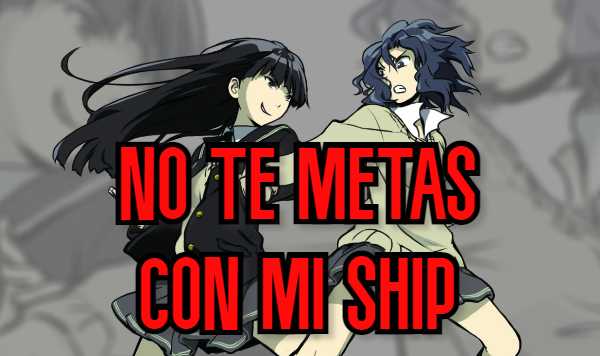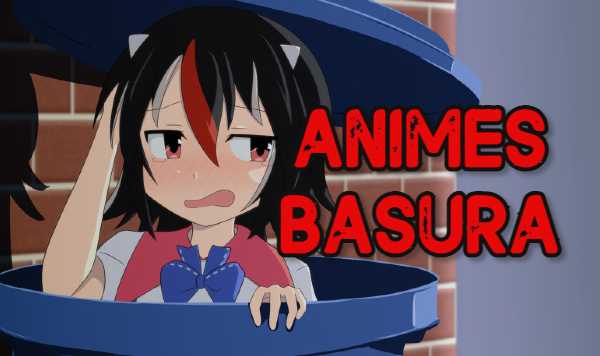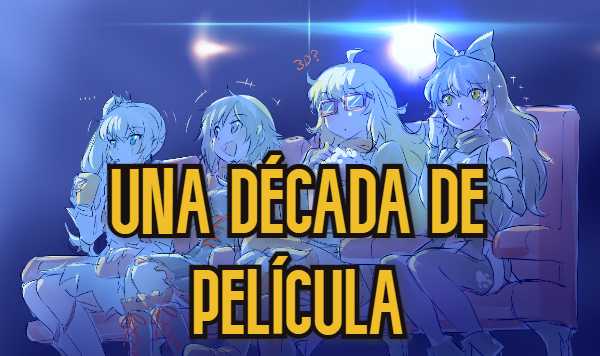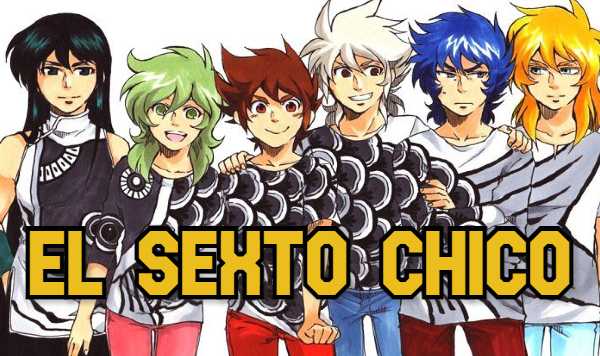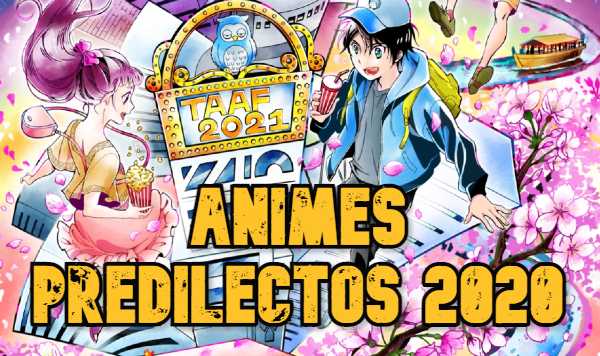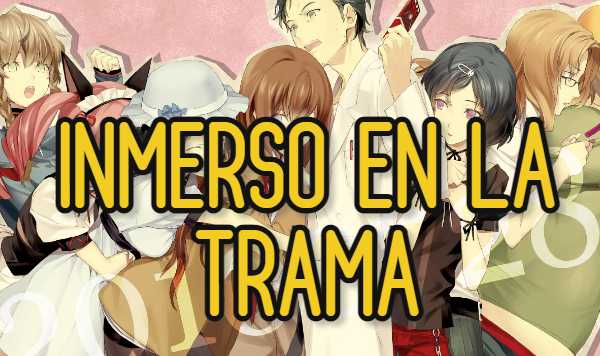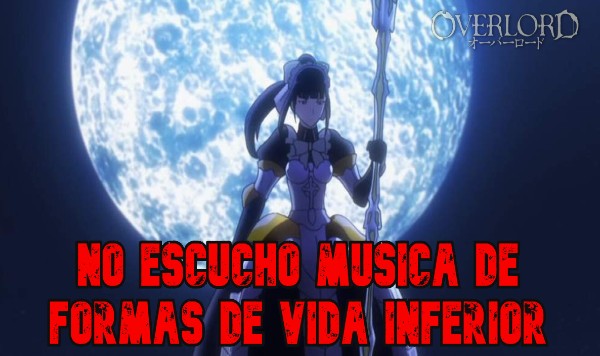The so-called Grand Tour story arc in Dragon Ball has been the subject of much criticism and discussion; it constitutes a milestone in the breakdown of the fan base due to its many incongruities and recycled themes. In the following paragraphs we explain why Dragon Ball GT is as controversial as it is interesting.

IT IS NOT THE CREATION OF AKIRA TORIYAMA
Akira Toriyama’s name is recognized worldwide by everyone, not just manga and anime fans. Toriyama got that fame with Dragon Ball, so it’s no wonder he’s always involved in any related project. But that did not happen with GT. Toriyama wanted to take a break, while Toei Animation wanted to continue exploiting the popularity of Dragon Ball.

With Toriyama almost completely gone (he provided a bit of advice before retiring), Toei turned to his own team of writers and designers to create Dragon Ball GT. This arc was released directly to television, without having an official manga. That and Toriyama’s absence definitely mark him out of the historical canon.
GOKÚ BECOMES USELESS
Many fans pointed out the fact that Goku’s transformation into his infantile form only limited the character and held him back from continuing his growth as seen in the finale of Z. This became more obvious with the development of the first GT series. , which many followers consider the most boring of the entire series. Although Goku has access to a new transformation (Super Saiyan 4), it only had a definitive role in the fight against Baby, to be used sporadically without giving it the relevance that other forms had in Z.

BREAD AND TRUNKS ARE WASTE
When Z finished with the start of a new Martial Arts Tournament, fans marveled to see Gohan’s daughter and Goku’s granddaughter, Pan, participating in the tournament at the young age of 5. Some believed that she would be the successor of the protagonist and one of the main figures in the next installment of Dragon Ball. But the opposite turned out. As the story progresses, Pan becomes unbearable and obnoxious, standing out for acting impulsively and getting in trouble only for Goku or Trunks to save her. Not to mention that she could never become a super saiyan, something the producers of the series decided to reinforce her role as a filler character.
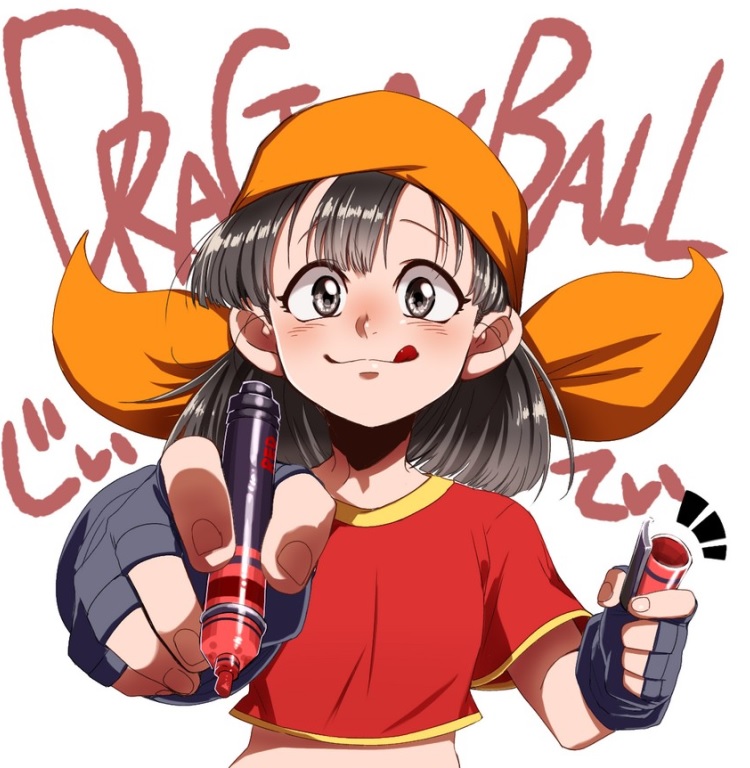
Trunks’ characterization was another aspect that fans had no qualms about angrily criticizing. In Dragon Ball Z, Trunks was greeted with great emotion by introducing himself as the son of Vegeta and Bulma, as well as a capable warrior and the only defender of Earth in his timeline. His quick victory against Mecha Freeza and his subsequent participation in the battle against the androids and Cell made him one of the favorite characters for Dragon Ball fans. In the Buu saga, Trunks appears as a very vivacious and proud boy, almost the spitting image of his father (excluding purple hair). His participation was relevant in the saga, receiving appropriate moments to show off with Goten, the second son of Goku, when they merge and create Gotenks.
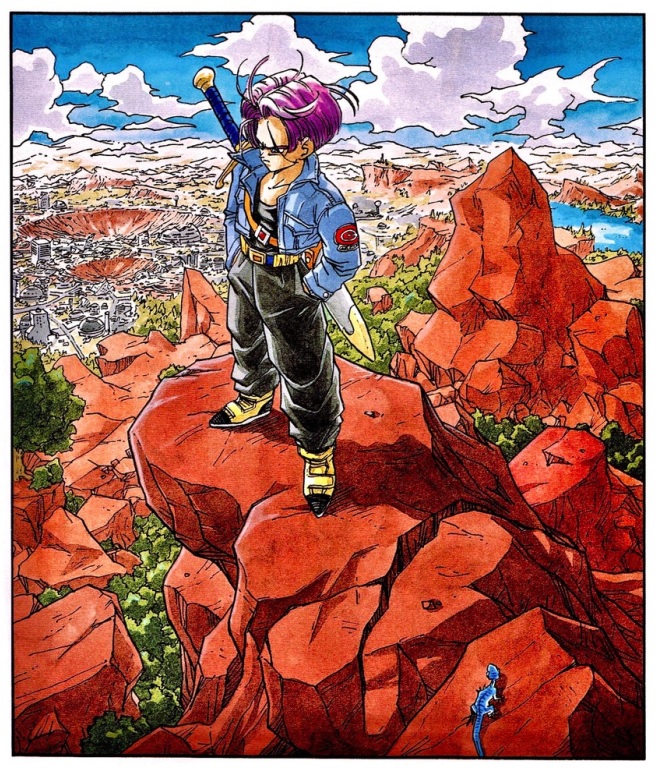
In GT, however, Trunks is reduced to an almost unimportant buffoon throughout the entire history of GT. In some of the chapters he is ridiculed only for the sake of the plot and nothing else, being used as a comic resource rather than as a character. Besides, the change in his appearance in contrast to the fierce appearance that he exhibited in Z is also a matter of discussion due to how harmless (and childish) he looks in GT.
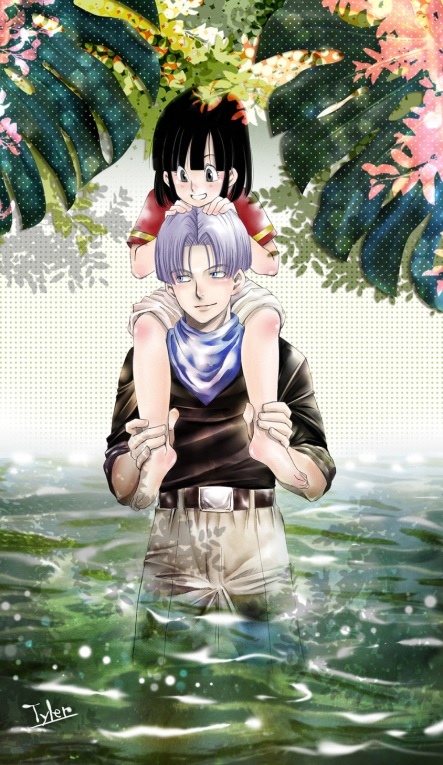
EXCESSIVE INCONGRUENCES
With hundreds of episodes, it is impossible not to comment on consistency errors. Dragon Ball Z had one or another setback, such as Launch’s almost complete absence throughout the series (he appeared almost at the end, in a cameo only recognizable to the most fans). But GT had the worst gaffes in terms of consistency with elements that the original series and its sequel had established.
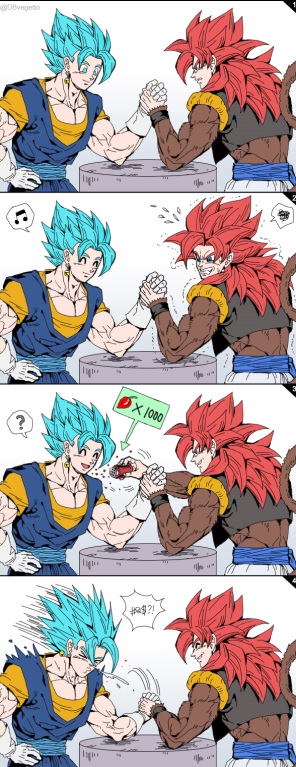
To cite a few examples, Vegeta reveals once in Dragon Ball Z that the hair of a pure Saiyan never changes. But in GT, Vegeta appears with a very different hairstyle from the one he used in Z. At first glance, it seems that only the top of the hair was trimmed, but looking more closely it is appreciated that the locks are very different and more abundant . This becomes more apparent when Vegeta assumes the super saiyan form.
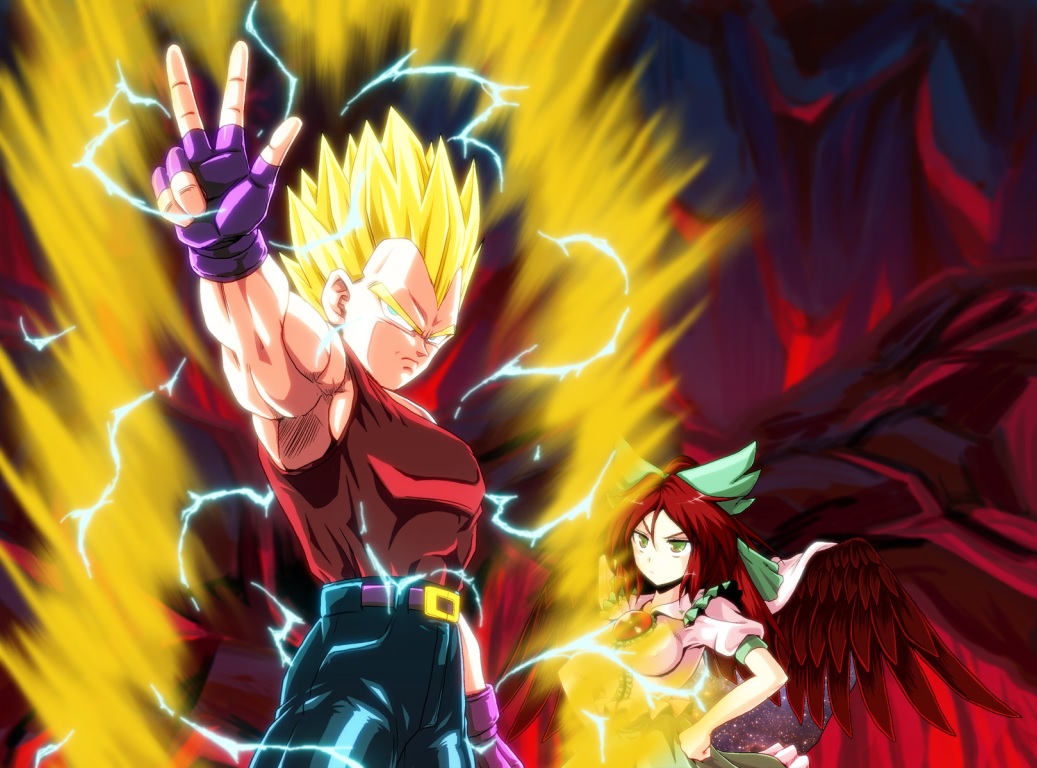
Speaking of that transformation, Gohan uses it many times in GT. However, near the end of the Buu saga, Gohan masters (through the Kaoishin ritual) a new technique that allows him to use his latent power without having to change into a super saiyan. What’s more, he himself declares that he no longer needs her (which implies that he can still transform, but there is no point in resorting to her since he possesses a more powerful form). Fans theorized, and continue to do, that Gohan lost such form or the writers missed it.
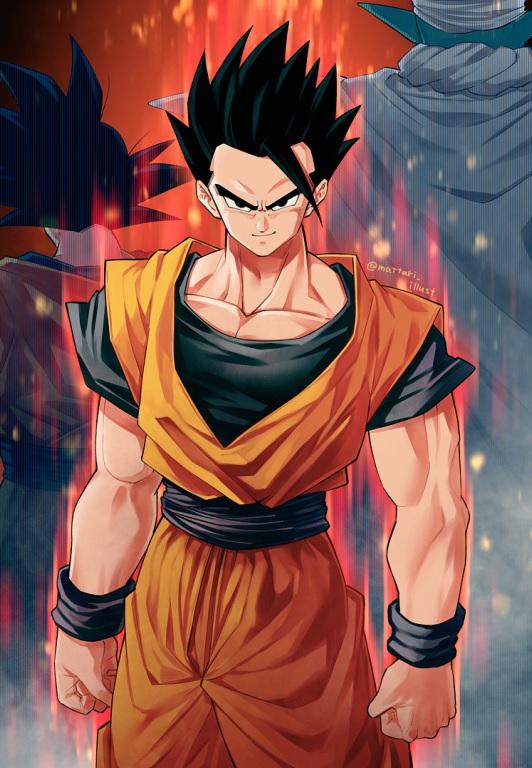
While in the West Dragon Ball GT is appreciated by many followers and viewed with nostalgia, in Japan many otakus prefer to pretend that it did not exist. With the most recent games including some of its characters in its roster, it is undeniable that GT still retains its place in the Dragon Ball universe, even if it is not canon or loved by all the fans.
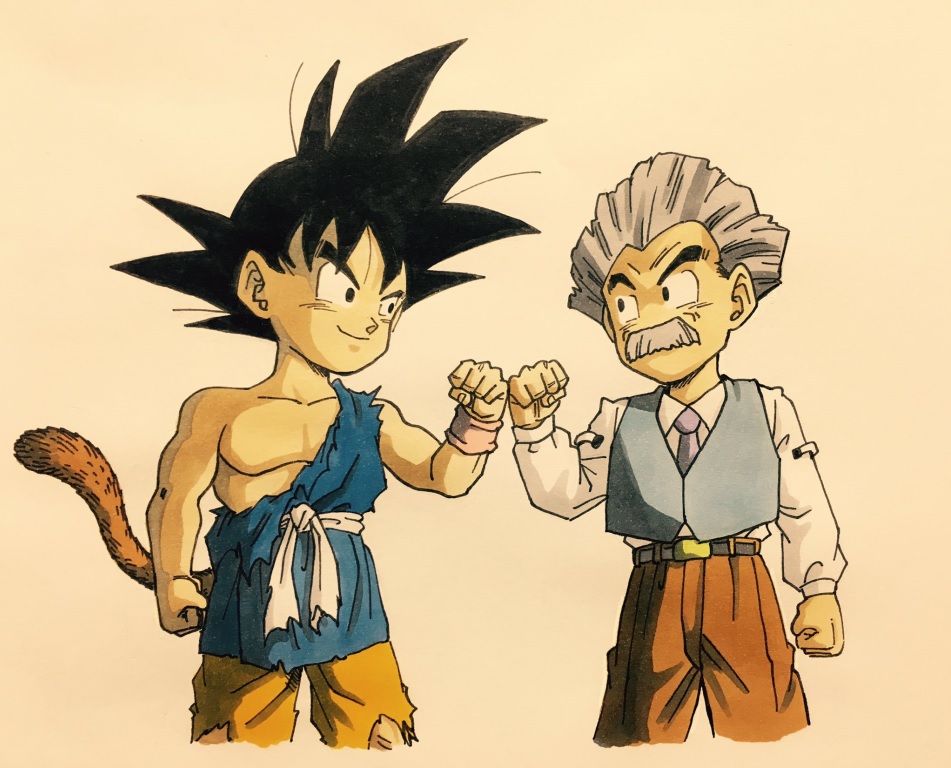
Social Media Author: [RonLaoHu]
